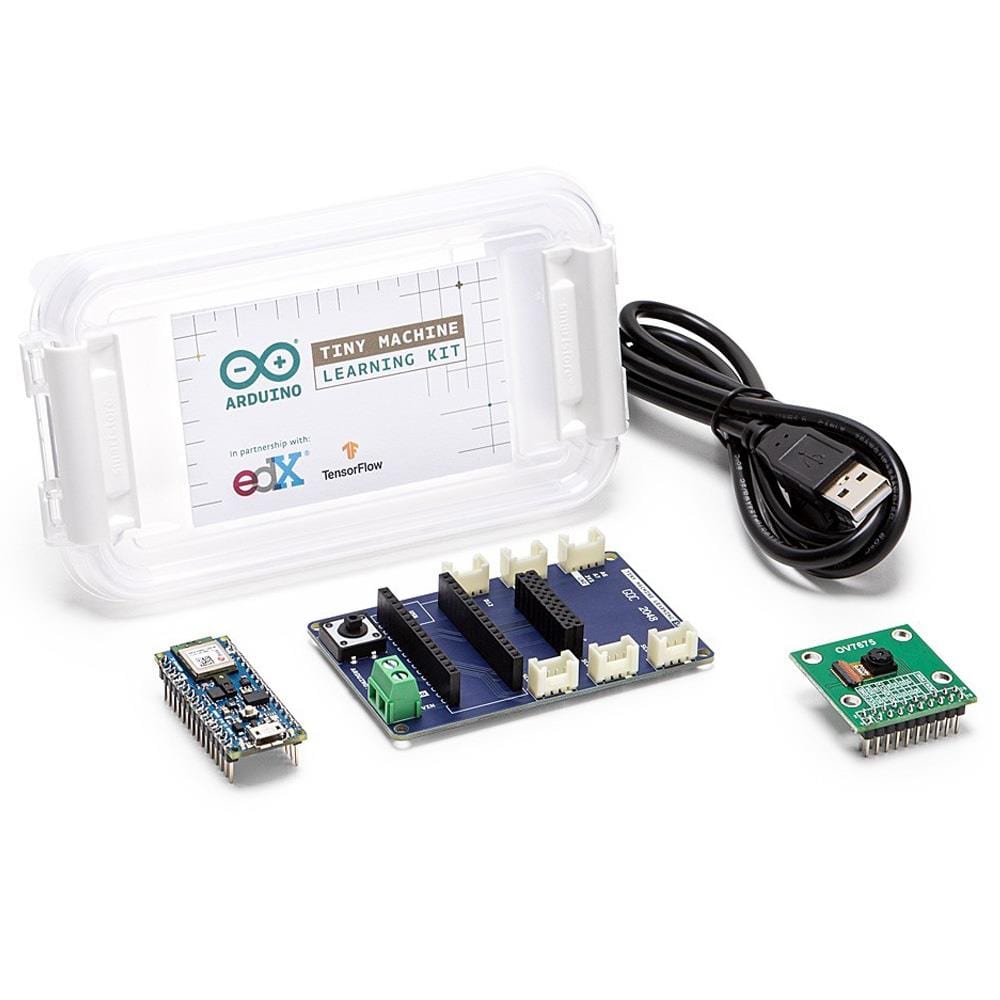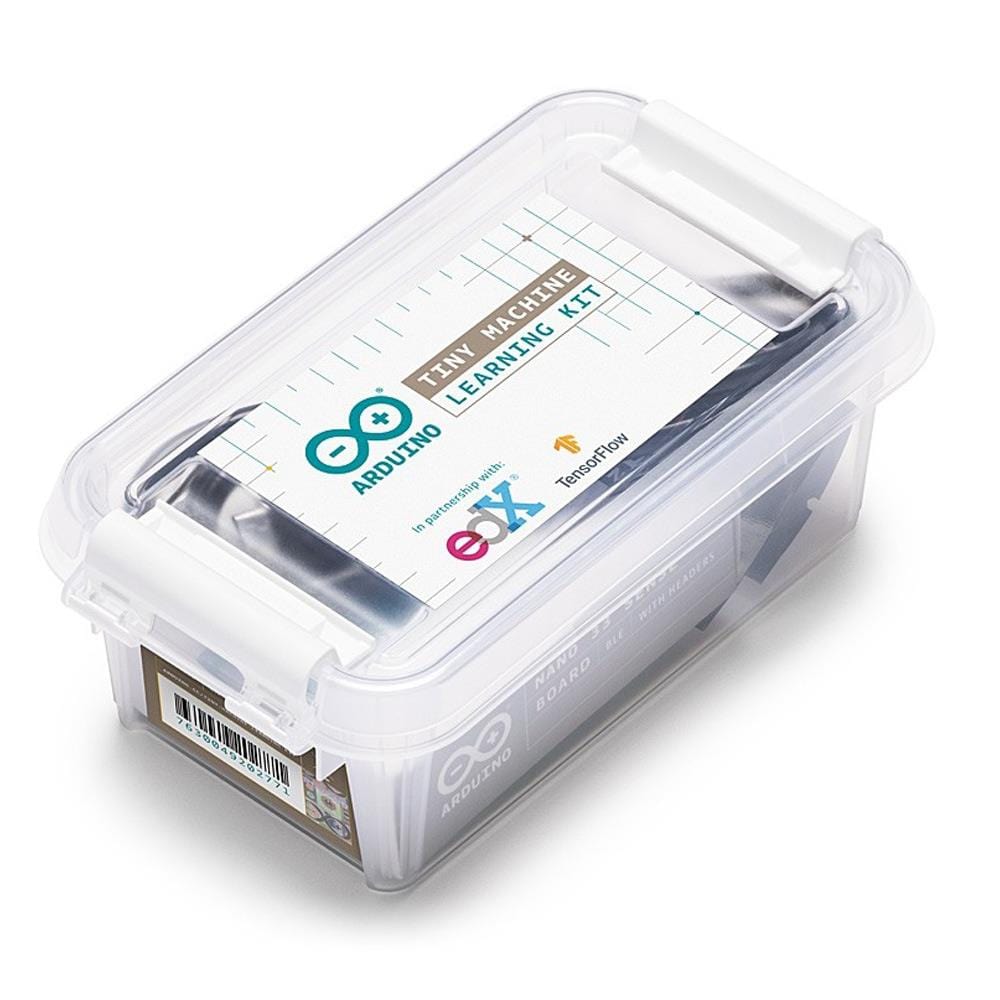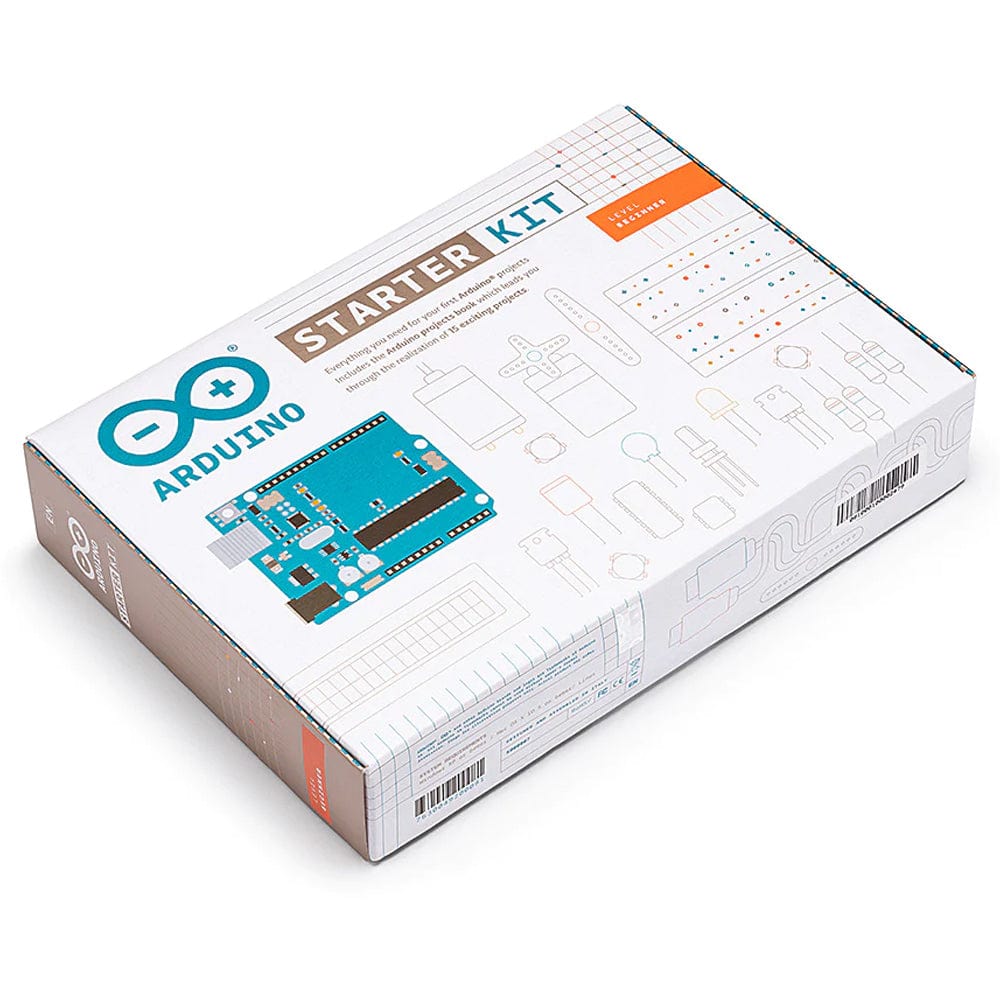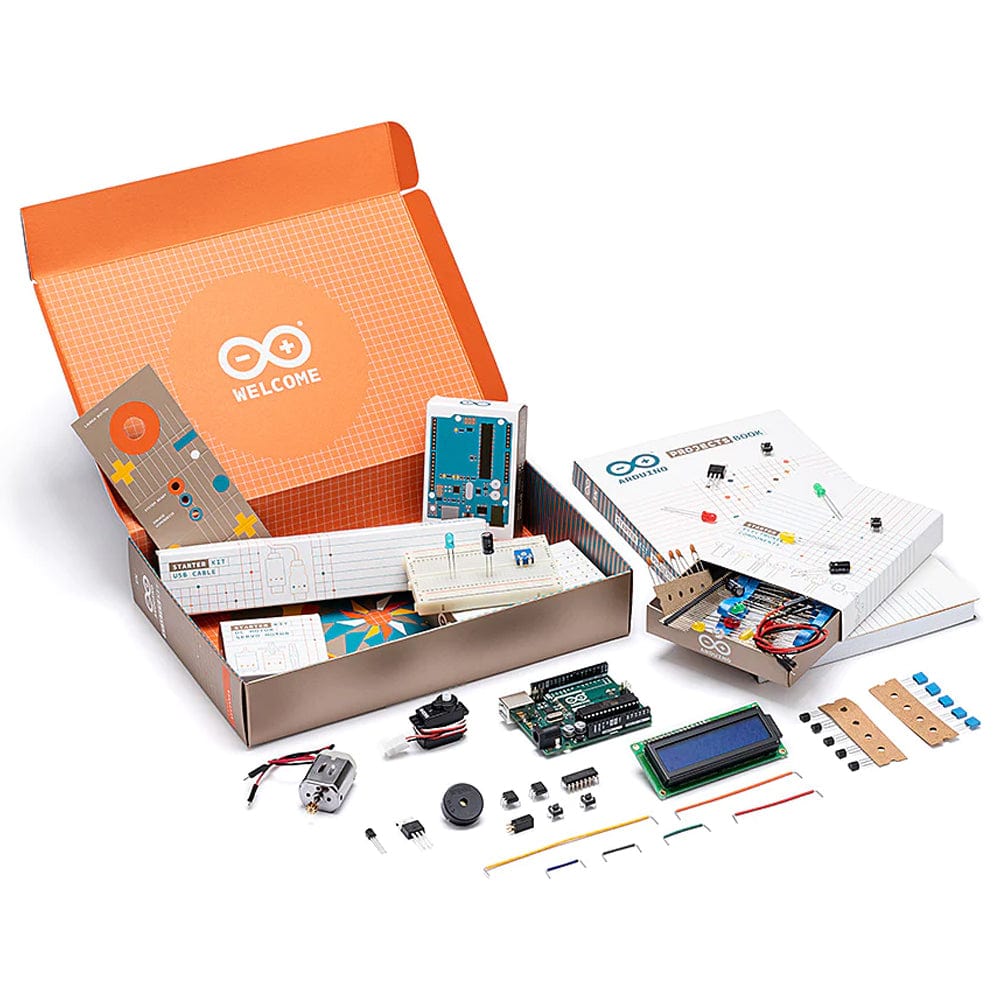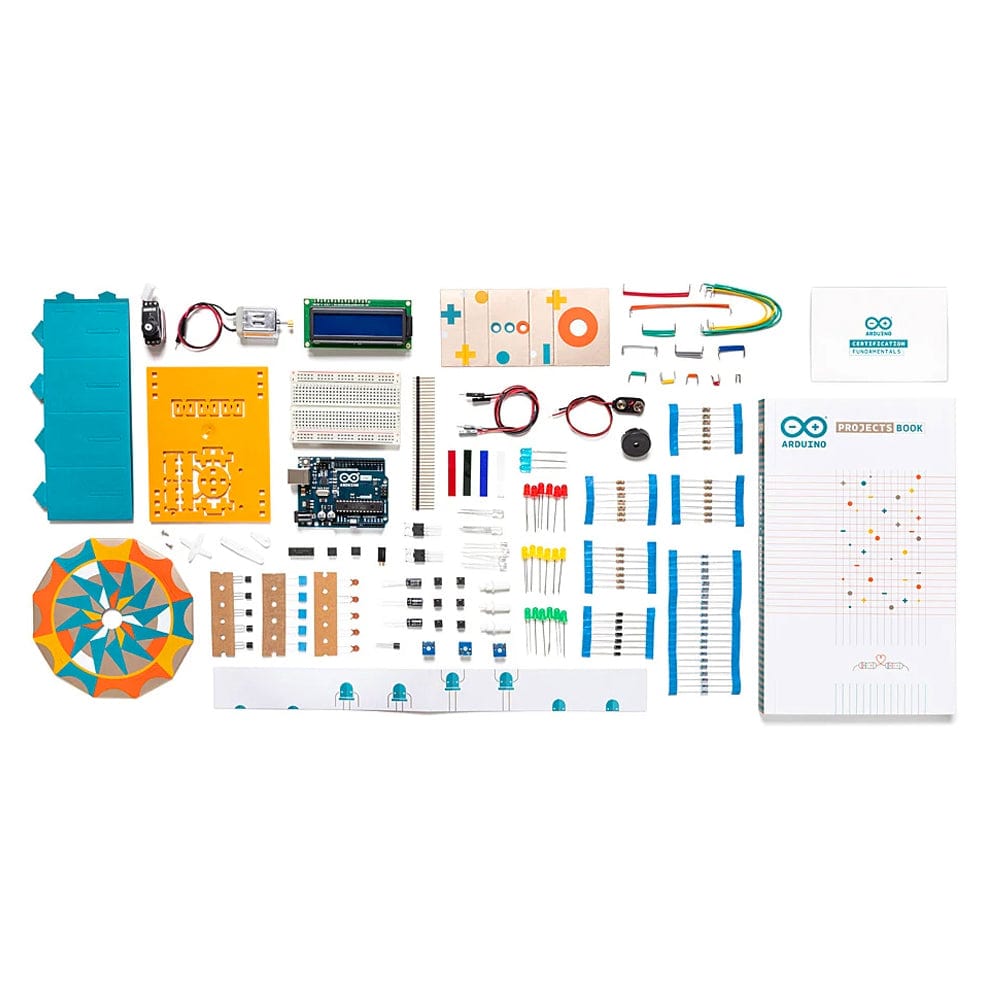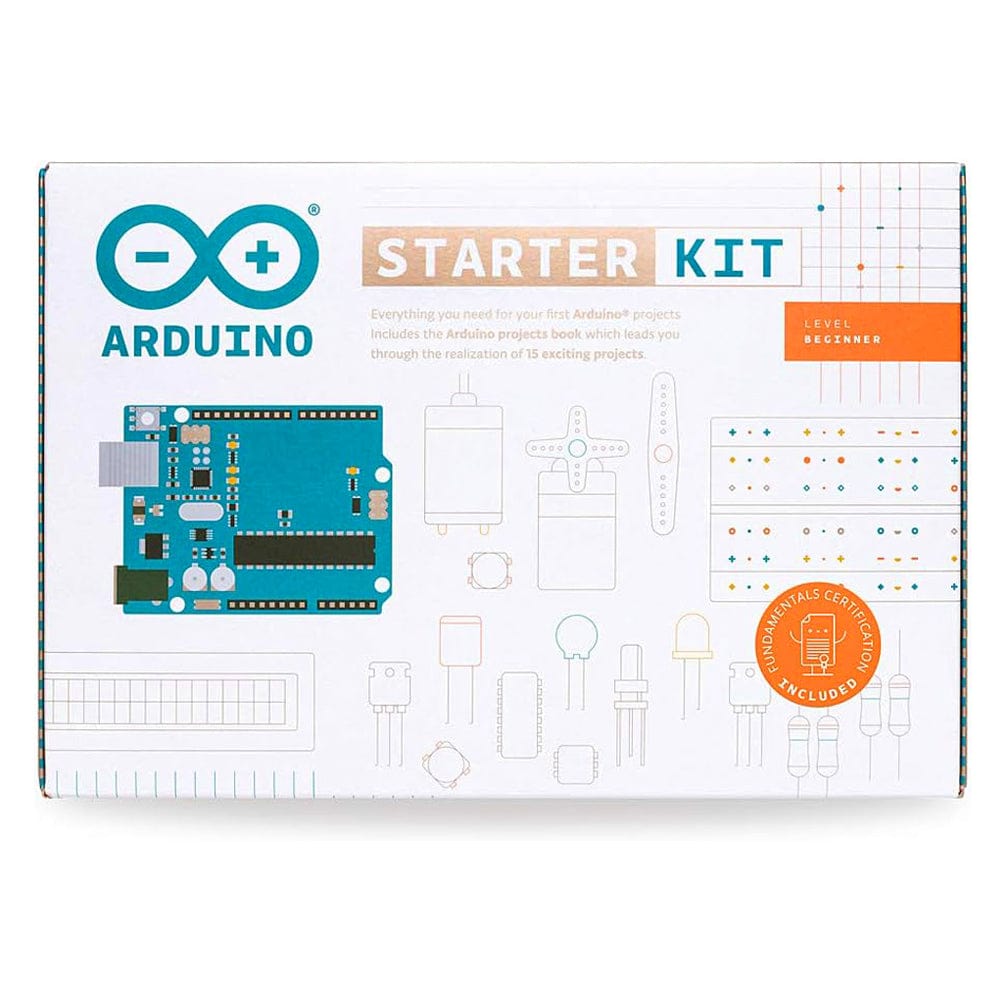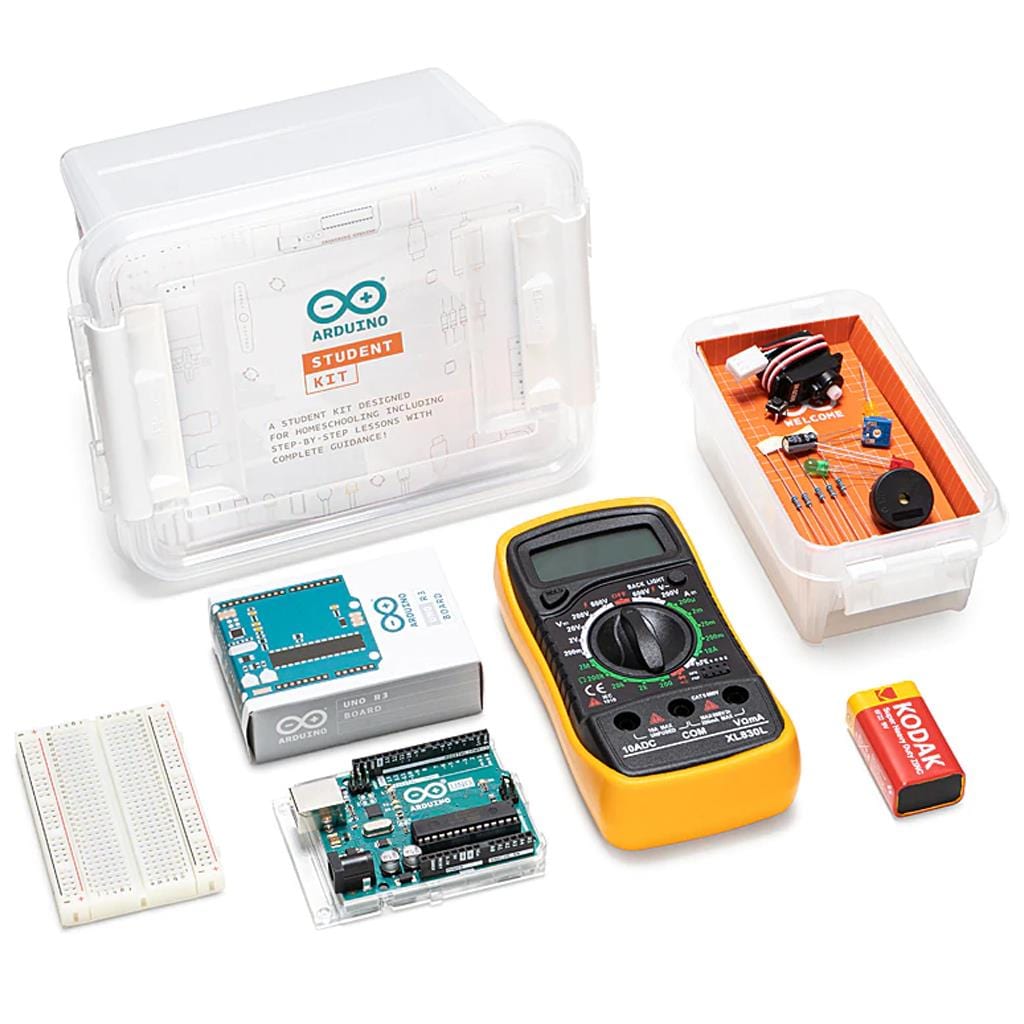
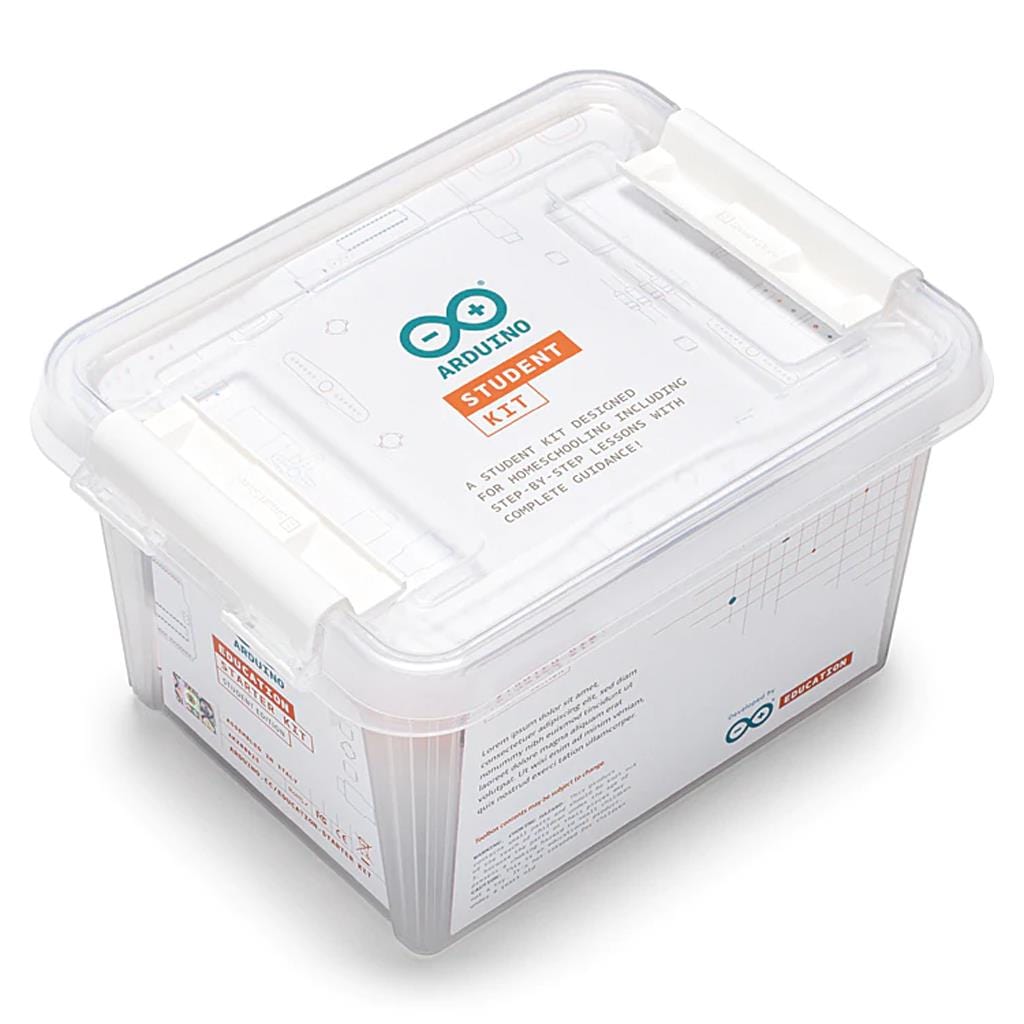
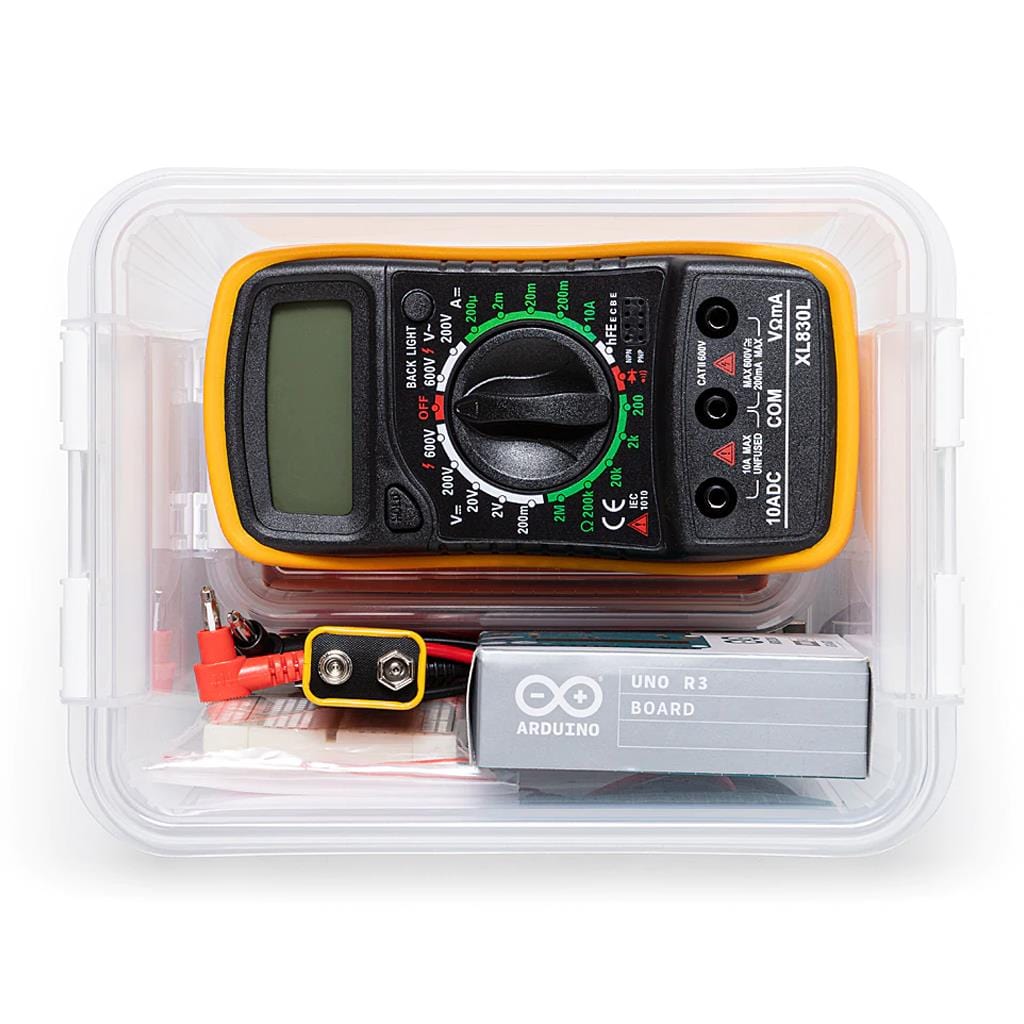
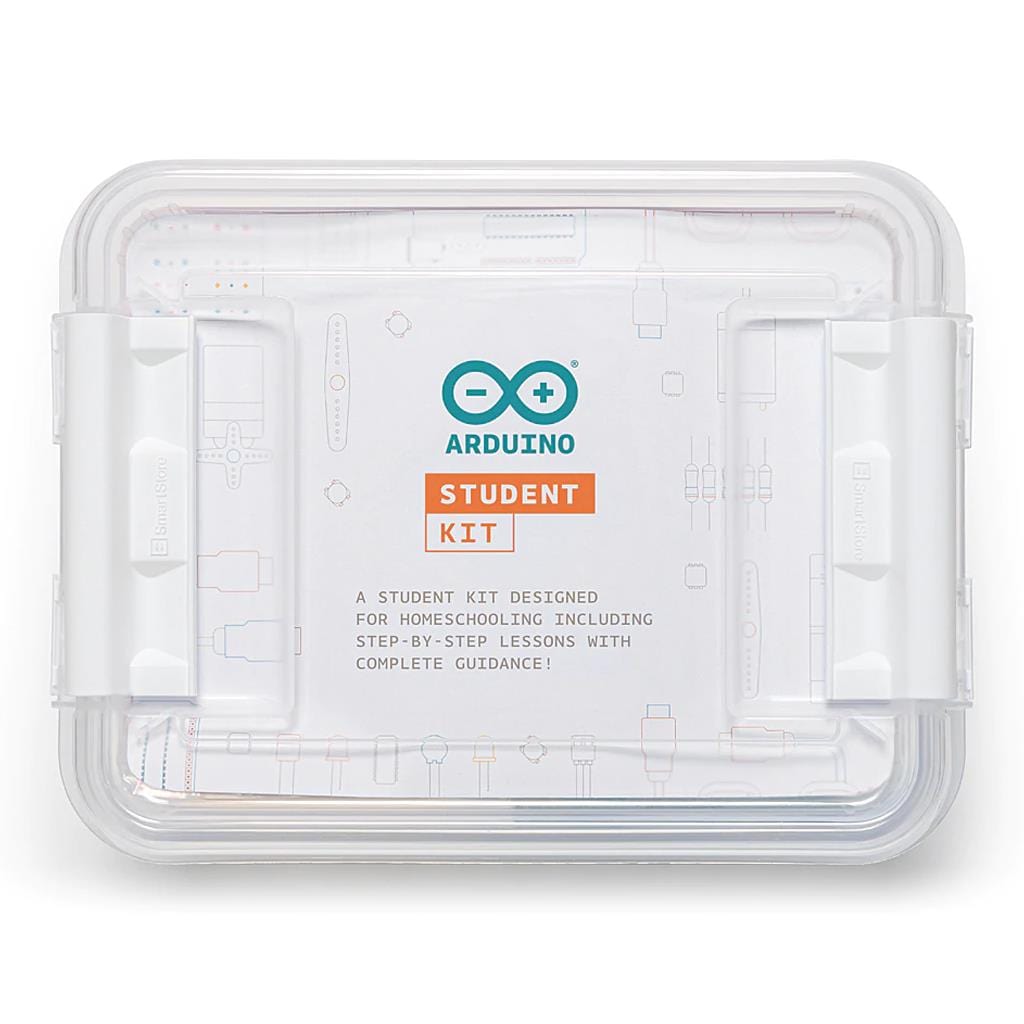
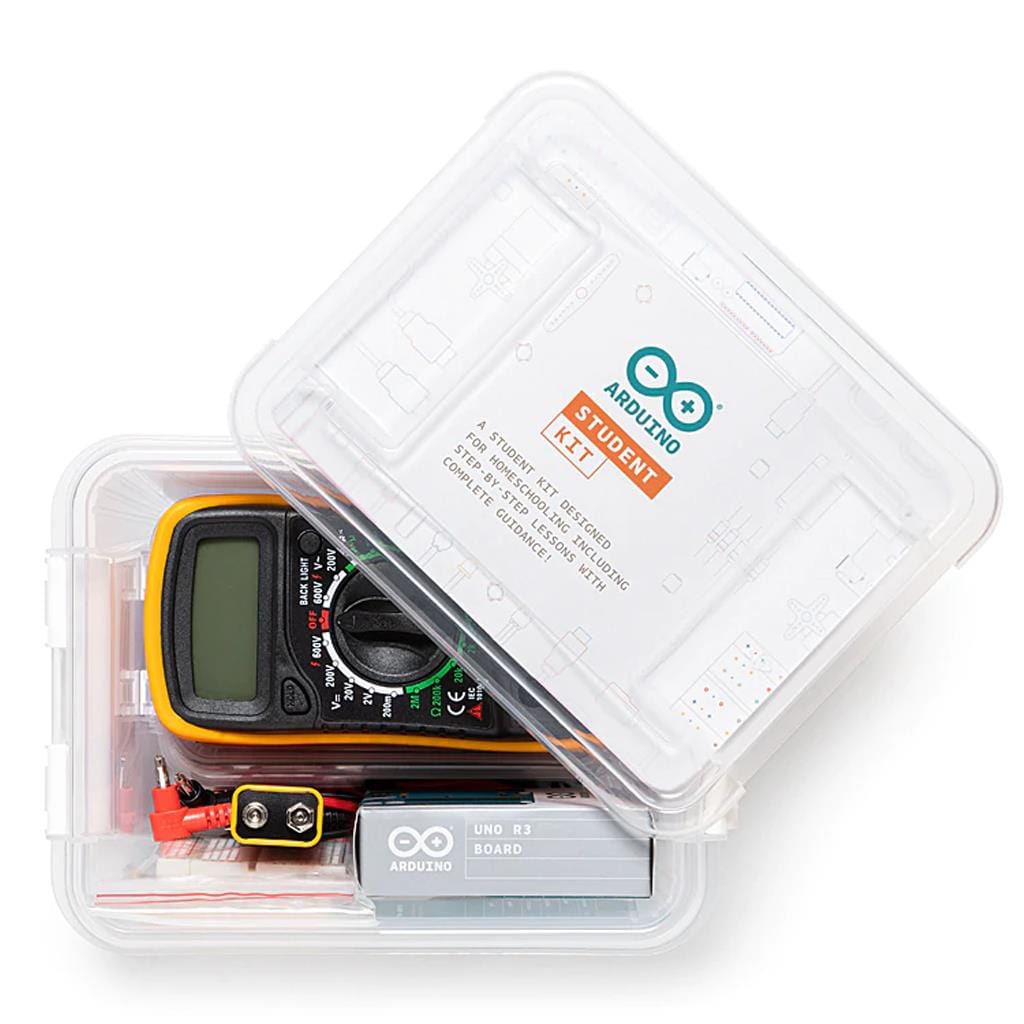
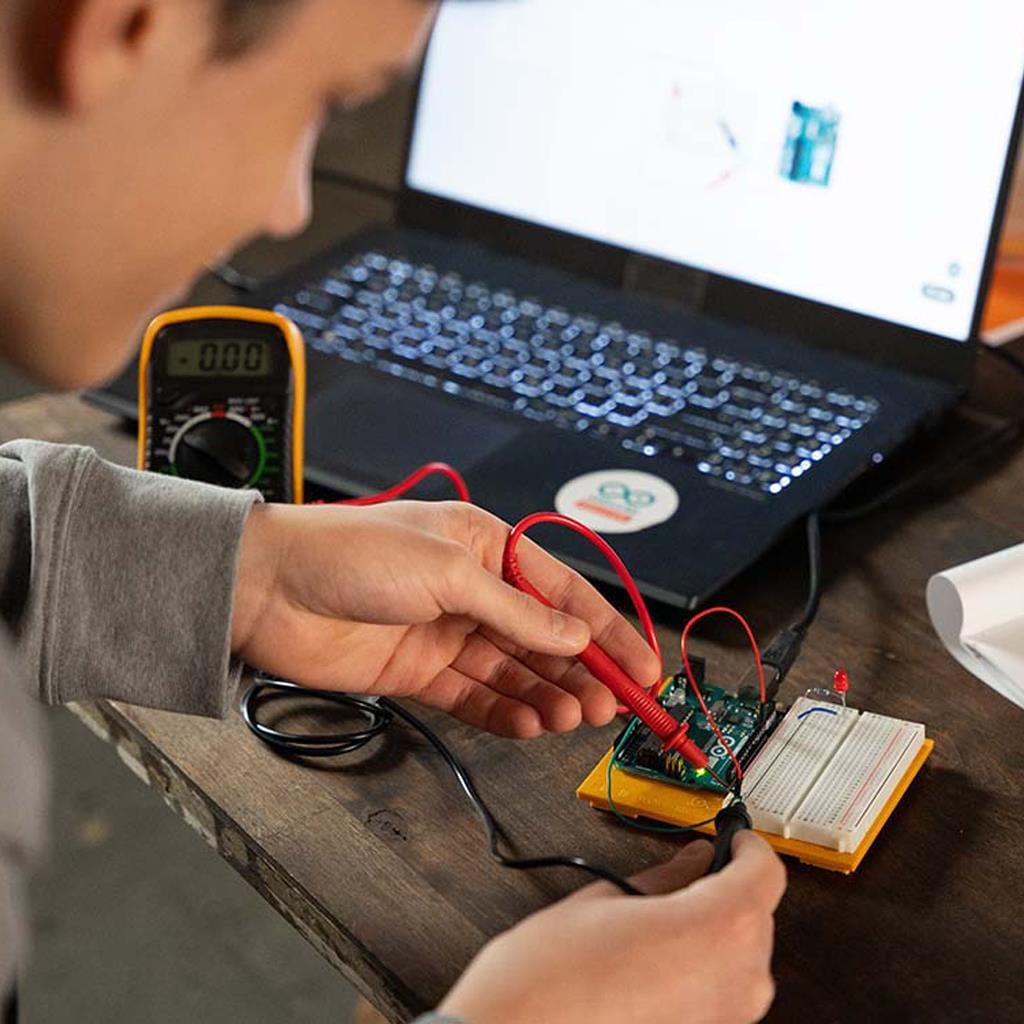
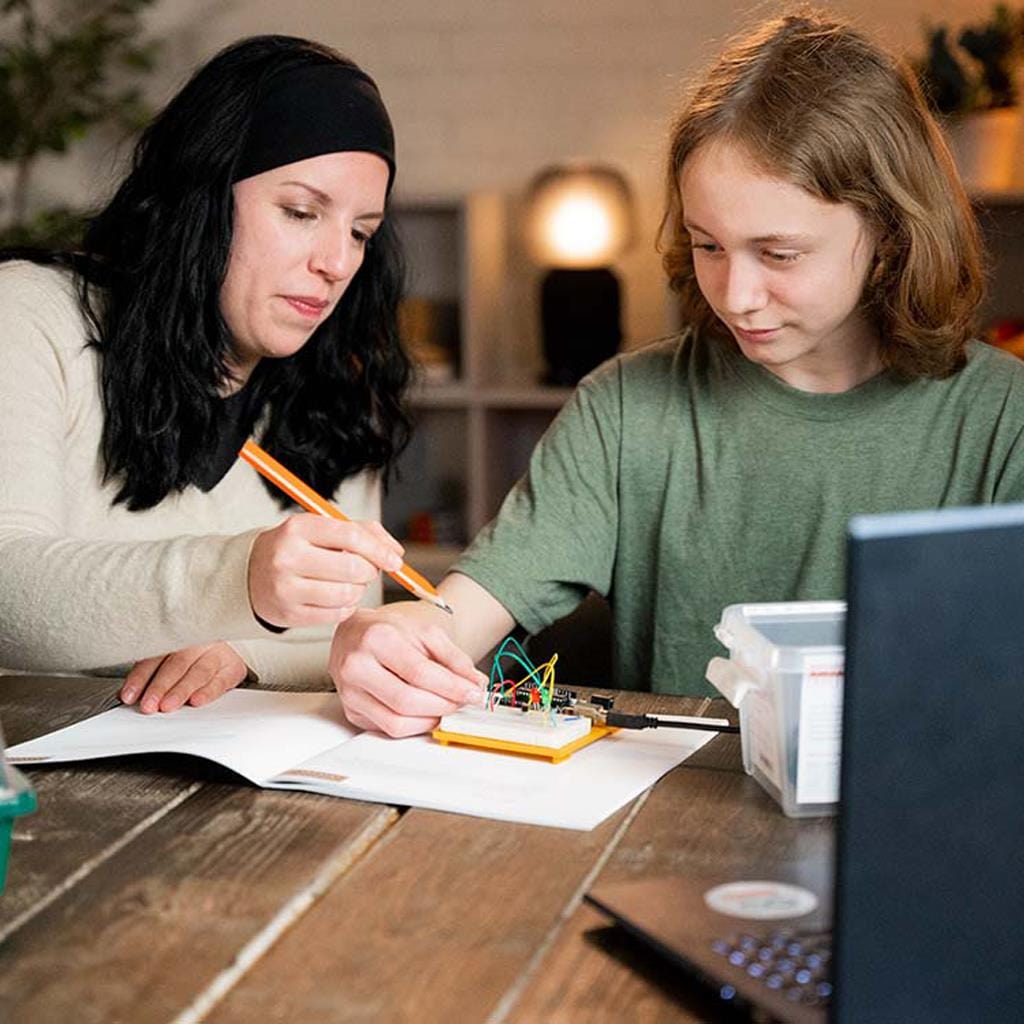
Login / Signup
Cart
Your cart is empty
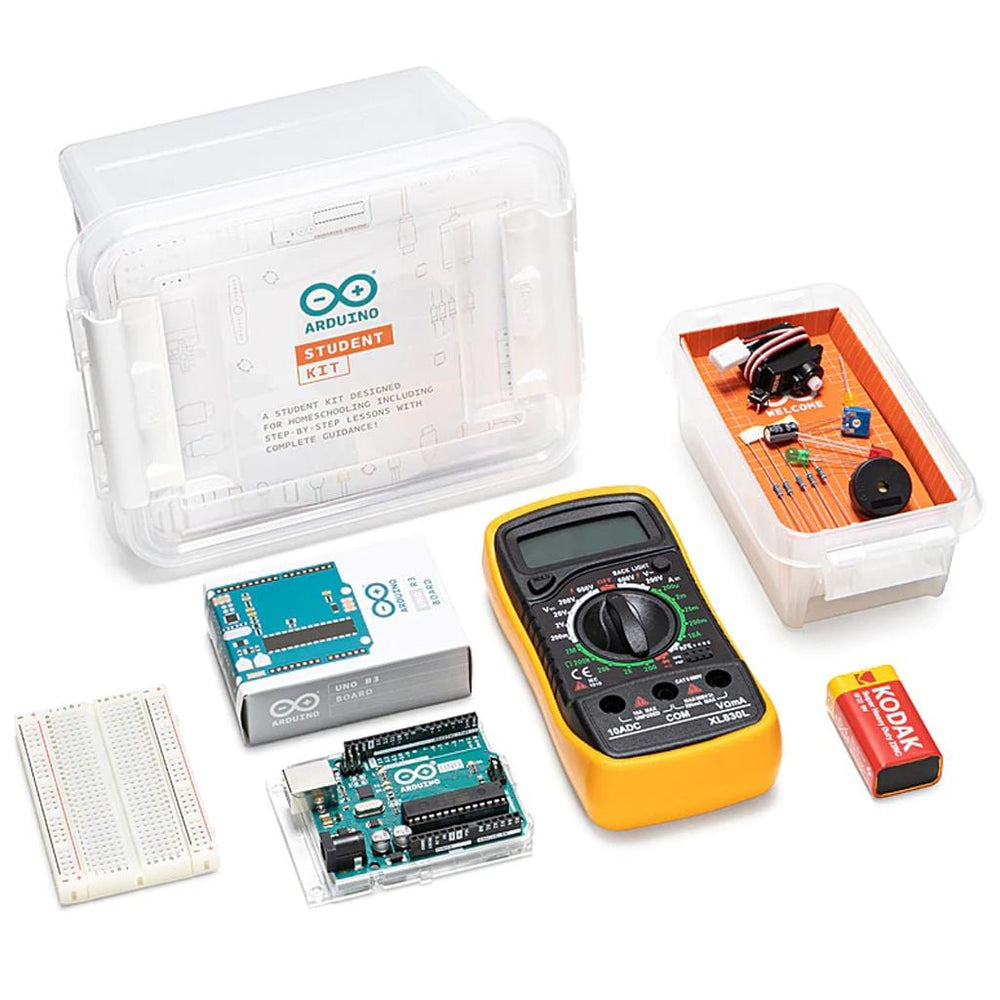
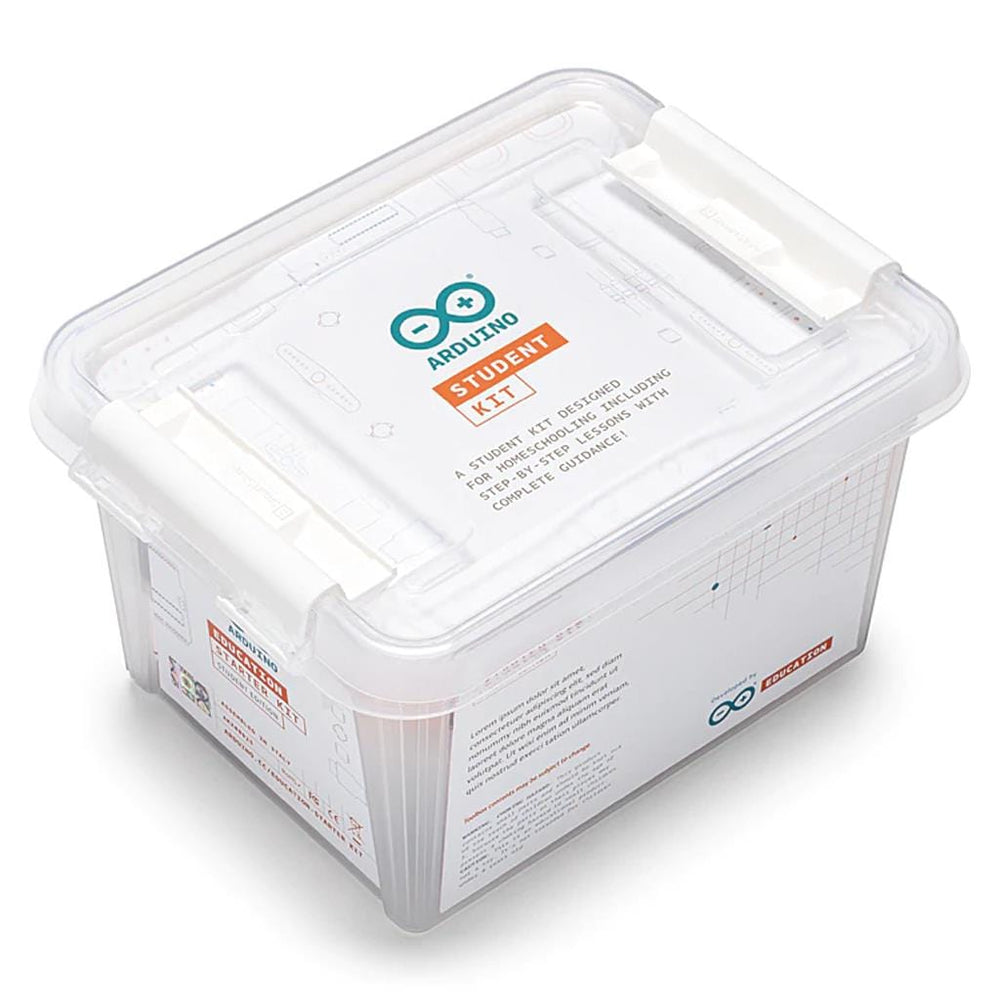
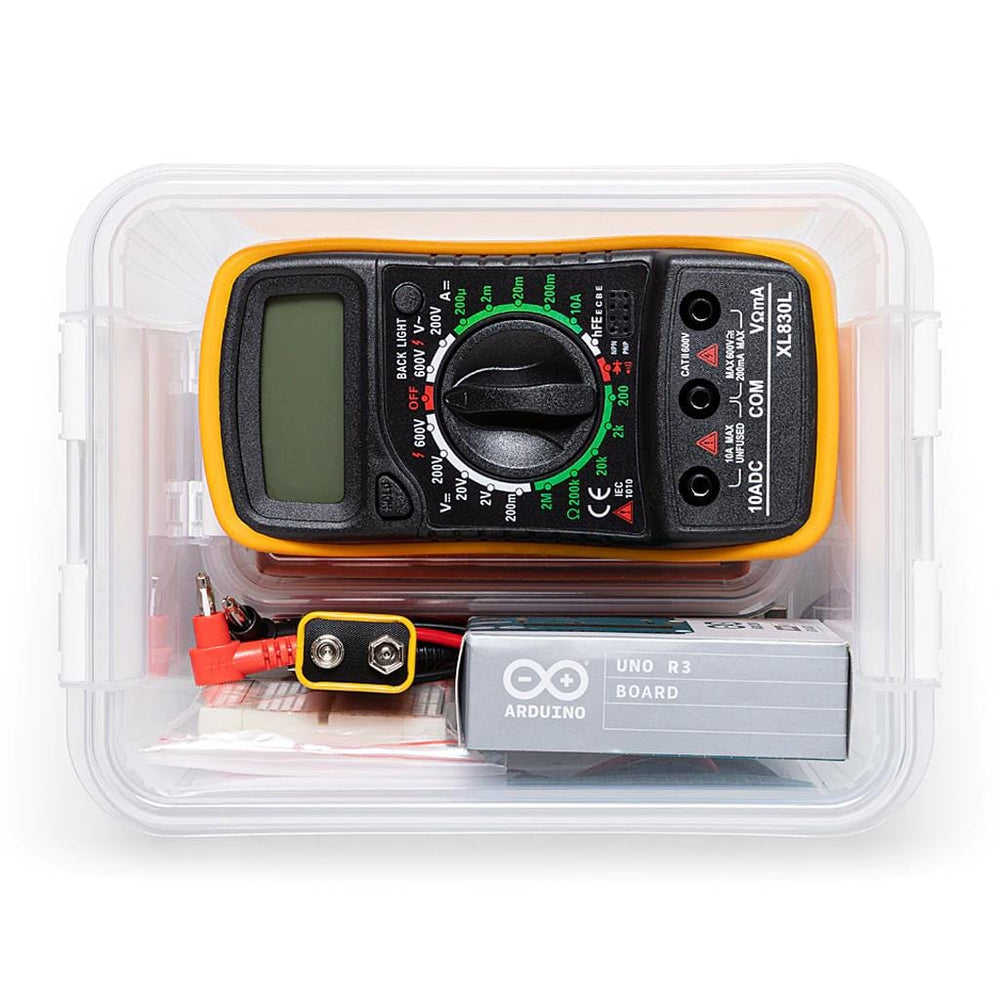
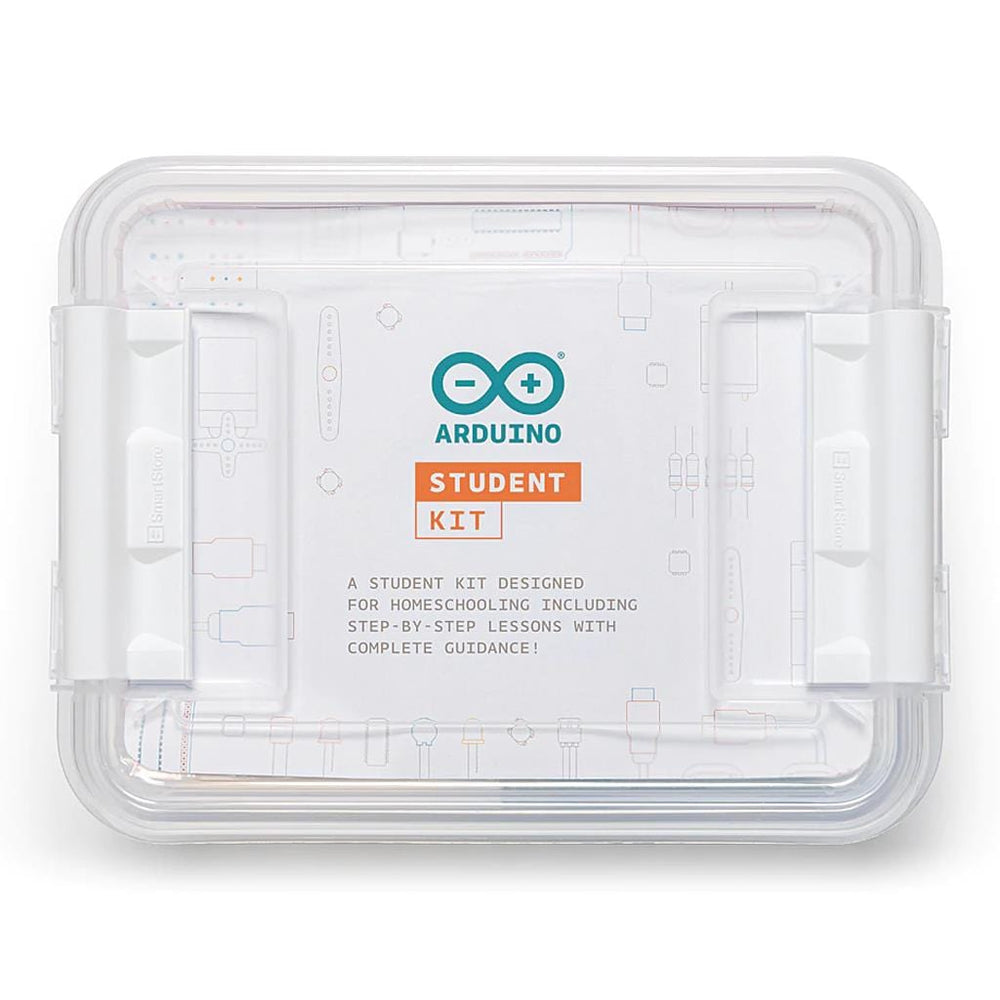
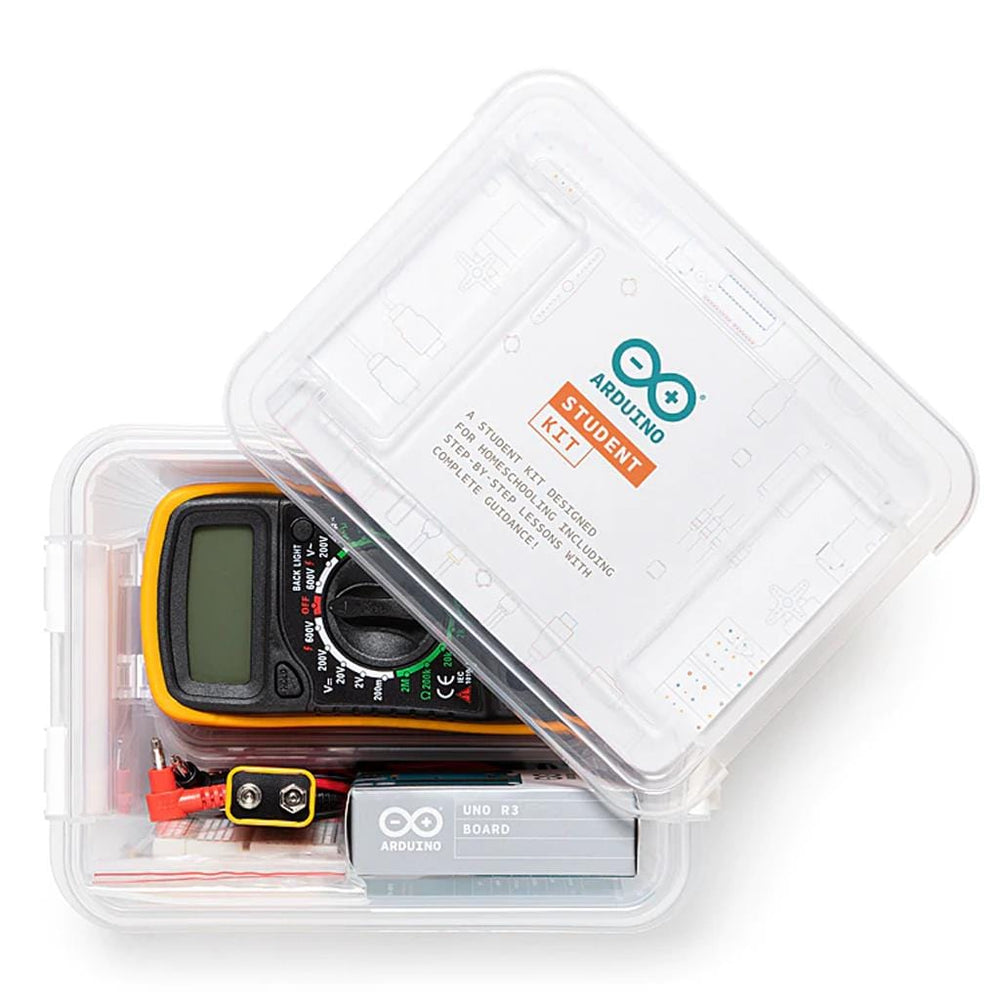
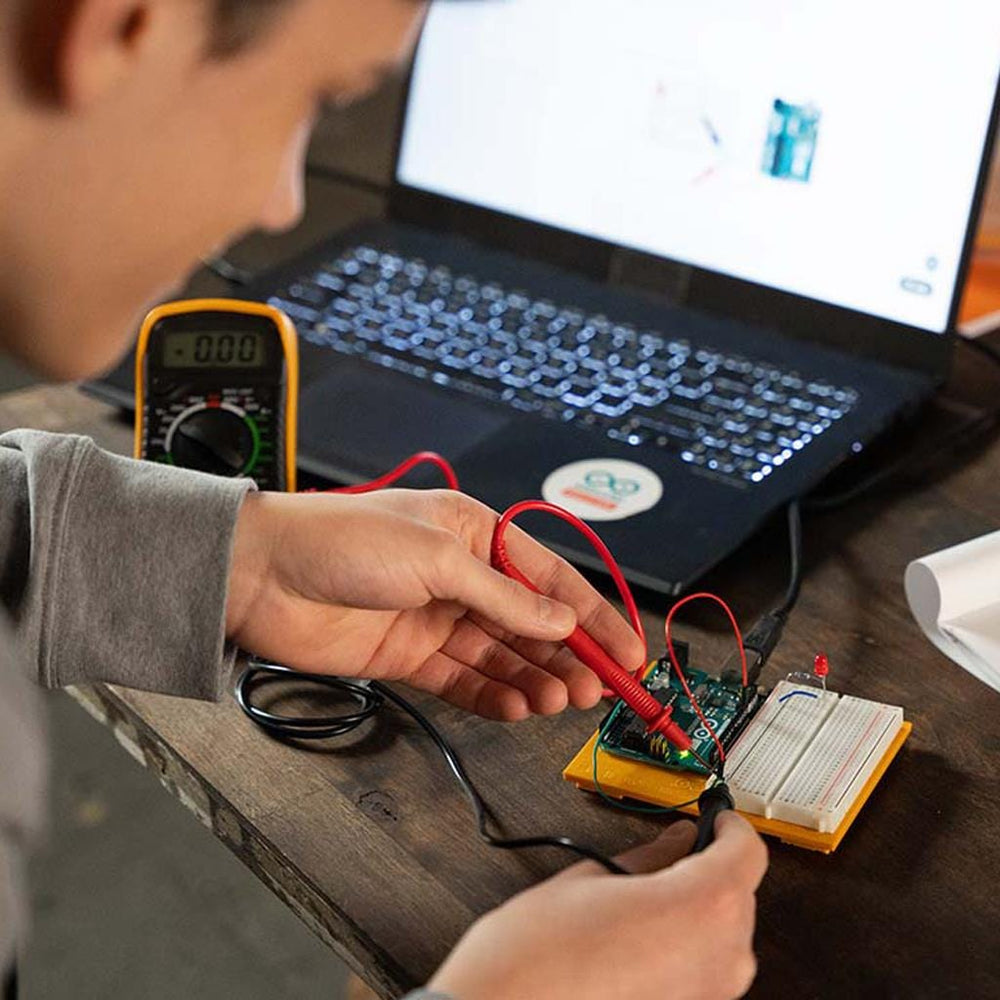
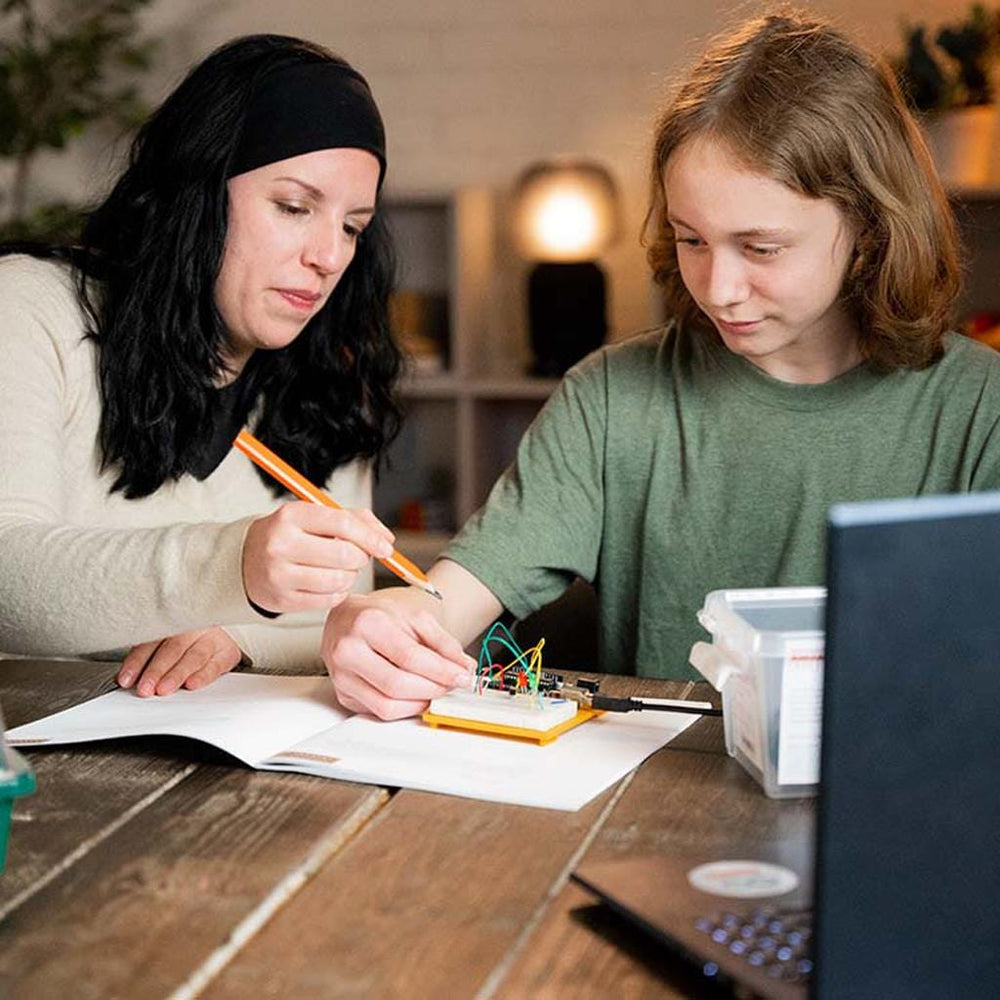
This kit will teach you the basics of programming, coding and electronics including current, voltage, and digital logic. No prior knowledge or experience is necessary as the kit guides you step by step.
You’ll get all the hardware and software you need for one person, making it ideal to use for remote teaching, homeschooling, and self-learning. There are step-by-step lessons, and exercises, and for a complete and in-depth experience, there’s also extra content including invention spotlights, concepts, and interesting facts about electronics, technology, and programming.
Lessons and projects can be paced according to individual abilities, allowing them to learn from home at their own level. The kit can also be integrated into different subjects such as physics, chemistry, and even history. In fact, there’s enough content for an entire semester!
The online platform contains all the content you need to teach remotely: exclusive learning guidance content, tips for remote learning, nine 90-minute lessons, and two open-ended projects. Each lesson builds off the previous one, providing a further opportunity to apply the skills and concepts students have already learned. They also get a logbook to complete as they work through the lessons.
The beginning of each lesson provides an overview, estimated completion times, and learning objectives. Throughout each lesson, there are tips and information that will help to make the learning experience easier. Key answers and extension ideas are also provided.
This is your hands-on, step-by-step remote learning tool that will help your child learn the basics of programming, coding, and electronics at home. As a parent, you don’t need any prior knowledge or experience as you are guided step-by-step. The kit is linked directly into the curriculum so you can be confident that your children are learning what they should be, and it provides the opportunity for them to become confident in programming and electronics. You’ll also be helping them learn vital skills such as critical thinking and problem-solving.
Students can use this kit to teach themselves the basics of electronics, programming, and coding. As all the lessons follow step-by-step instructions, it’s easy for them to work their way through and learn on their own. They can work at their own pace, have fun with all the real-world projects, and increase their confidence as they go. They don’t need any previous knowledge as everything is clearly explained, coding is pre-written, and there’s a vocabulary of concepts to refer to.
The Arduino Student Kit (AKX00025) comes with several parts and components that will be used to build circuits while completing the lessons and projects throughout the course. Here is a brief description of what is included in the kit:
How is the Arduino Student Kit structured?
The Arduino Student Kit is divided into nine step-by-step lessons and two open-ended group projects. The kit contains boards, a collection of sensors and actuators, and access to an online platform, with extra content including invention spotlights, concepts, and interesting facts about electronics, technology, and programming.
The kit can be used by anyone who wants to learn the basics of Arduino electronics and programming and requires no prior knowledge or skills. You’ll get all the hardware and software you need for one person, making it ideal to use for remote teaching, homeschooling, and self-learning.
How can the kit be used?
The kit can be used by anyone who wants to learn the basics of Arduino electronics and programming and requires no prior knowledge or skills. The online content includes detailed step-by-step instructions, making this kit ideal for self-learning, homeschooling and remote teaching.
What is the recommended age for this kit?
This kit is intended for ages 11 to 14.
What grade level are your materials appropriate for?
This Student kit follows the US Common Core curriculum for STEM subjects (math & physics) and the CSTA curriculum for computer science and is meant for middle school classes.
What operating system is required?
Windows 7 or higher, Chromebook, Linux, and Mac OS (including Catalina)
What are the minimum requirements?
USB port and Arduino IDE must be installed. Check here to make sure you have installed the most recent version: https://www.arduino.cc/en/main/software.
How do I access the online content?
Each kit comes with a unique activation code, displayed on the inner lid of the packaging, which has to be redeemed in order to access the online content.
In order to access the online content for the first time, you will need to go to studentkit.arduino.cc, enter your activation code, select your role (educator or student), and create an account. After that, you can access the online content by logging in to the website with your account.
How many educators and students can be added to the platform?
Each kit allows one user (educator or student) to access the online platform. When activating your kit, you will be asked to choose if you want to use it to teach or to learn, which will determine what kind of content you see on the platform.
What is the difference between the open-ended projects and the exercises inside the lessons?
The difference between the open-ended projects and the exercises inside the lessons is that the exercises are focused on making sure the concepts have been understood. They provide a hands-on way of learning.








